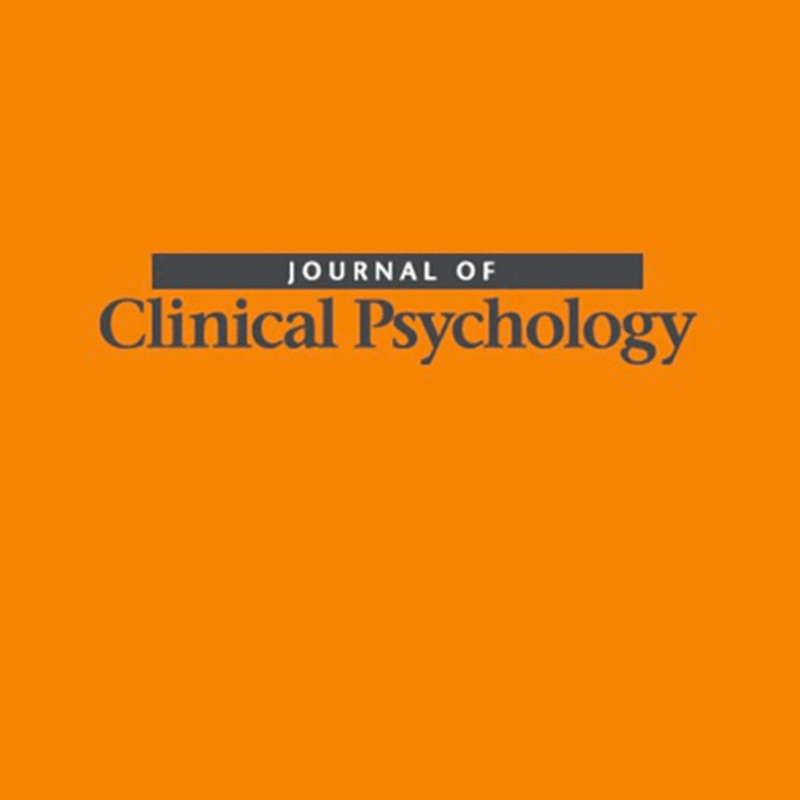Wahbeh, H., Goodrich, E., Goy, E., & Oken, B. S. (2016). Mechanistic Pathways of Mindfulness Meditation in Combat Veterans With Posttraumatic Stress Disorder. Journal of Clinical Psychology, 72(4), 365-383.
https://doi.org/10.1002/jclp.22255
Abstract
Objective: This study’s objective was to evaluate the effect of two common components of meditation (mindfulness and slow breathing) on potential mechanistic pathways.
Methods: 102 combat veterans with posttraumatic stress disorder (PTSD) were randomized to: 1) the body scan mindfulness meditation (MM), 2) slow breathing (SB) with a biofeedback device, 3) mindful awareness of the breath with an intention to slow the breath (MM+SB), or 4) sitting quietly (SQ). Participants had six weekly one-on-one sessions with 20 minutes of daily home practice. The mechanistic pathways and measures were: 1) Autonomic Nervous System: hyperarousal symptoms, heart-rate (HR), heart-rate variability (HRV); 2) Frontal Cortex Activity: Attentional Network Task (ANT) conflict effect and event-related negativity, and intrusive thoughts; and 3) Hypothalamic-pituitary-adrenal axis: awakening cortisol. PTSD measures were also evaluated.
Results: Meditation participants had significant but modest within-group improvement in PTSD and related symptoms although there were no between-group effects. Perceived impression of PTSD symptom improvement was greater in the meditation arms compared to controls. Resting respiration decreased in the meditation arms compared to SQ. For the mechanistic pathways 1) Subjective hyperarousal symptoms improved within-group (but not between-group) for MM, MM+SB, and SQ while HR and HRV did not; 2) Intrusive thoughts decreased in MM compared to MM+SB and SB while the ANT measures did not change; and 3) MM had lower awakening cortisol within-group but not between-group.
Conclusion: Treatment effects were mostly specific to self-report rather than physiological measures. Continued research is needed to further evaluate mindfulness meditation’s mechanism in people with PTSD.
